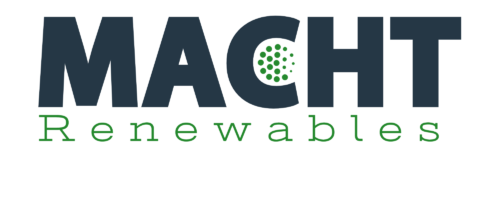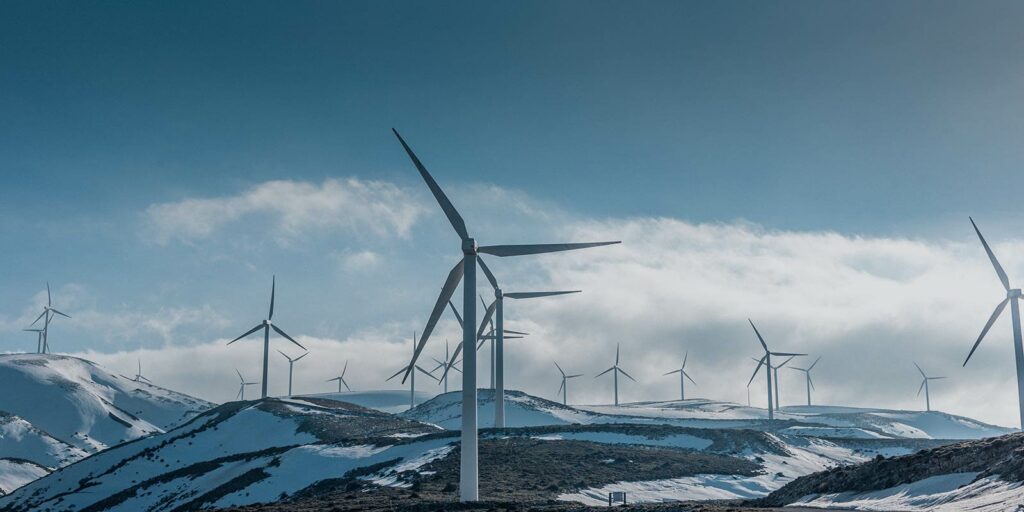Windfall tax on wind and hydro in Norway
The Norwegian government is to tax onshore wind and hydropower energy in 2023 under proposals unveiled today.
The measures include a new 40% resource rent tax on onshore wind farms, as well as a 23% tax for wind and hydropower on revenues above an estimated €70/MWh.
Defending the rent tax for onshore wind, the government said that estimates from the Norwegian Water Resources and Energy Directorate show that it has become the most cost-effective technology. The tax is appropriate given its steadily falling cost level and persistently high energy prices, it added.
The resource rent tax is designed as a cashflow tax, meaning that revenue and investment is taxed on an ongoing basis in the year in which it is earned or occurs.
Revenue from energy production is usually determined on spot market prices, the government notes. However, energy production sold through existing fixed-price agreements entered into before 28 September will be exempt.
The resource tax is expected to generate NOK2.5bn in revenues in 2023, of which half will go to the municipal sector.
The 23% tax, which the government calls a high price contribution, is designed as an excise duty payable to the Norwegian treasury and calculated hourly for each price area.
The tax applies from today for hydropower plants with a total rated output of 10,000 kVA or more, and from 1 January 2023 for wind farms that require a licence under the Energy Act and hydropower plants of at least 1MW.
Norway anticipates revenues of NOK 16bn annually from the tax.
Norwegian wind and hydro investor Cloudberry Clean Energy has called the changes “significant and surprising” warning that they will pose a “real challenge” to the industry.
Anders Lenborg, CEO of Cloudberry Clean Energy, said: “It is vital that the Government does not impose taxes that will jeopardize the transition to more renewable energy in Norway.”
The company, which has dubbed the high price contribution as a “windfall tax”, said it will need time to assess the consequences and full impact of the proposed changes to its portfolio in Norway, adding it primarily sees consequences for its Odal wind project.
Source: https://www.renews.biz/


